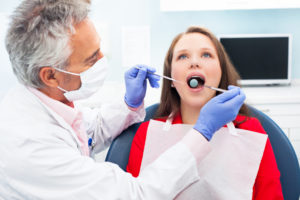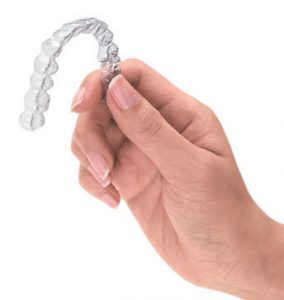 Homeopathic medicine and dentistry have come a long way from snake oil salesmen and gurus. Modern homeopathic medicine in any form focuses on a whole-body approach to healing. This is where biomimetic comes into play. The term biomimetics directly refers to human-created life-related options meant to imitate nature and natural functions. While the scientific definition and practice are, rather complicated for layman needs, the explanation of its purpose and function is quite simple in the dental industry. Biomimetic dentistry is used to restore natural tooth function while maintaining as much of the original structure as possible. But what’s the big deal about that and why should you choose a biomimetic dentist in Moorestown?
Homeopathic medicine and dentistry have come a long way from snake oil salesmen and gurus. Modern homeopathic medicine in any form focuses on a whole-body approach to healing. This is where biomimetic comes into play. The term biomimetics directly refers to human-created life-related options meant to imitate nature and natural functions. While the scientific definition and practice are, rather complicated for layman needs, the explanation of its purpose and function is quite simple in the dental industry. Biomimetic dentistry is used to restore natural tooth function while maintaining as much of the original structure as possible. But what’s the big deal about that and why should you choose a biomimetic dentist in Moorestown?
Say Goodbye to Amalgam Fillings
Biomimetic dentistry follows a natural, whole body approach and avoids adding back toxins to the body via dental care. Regardless of what the ADA states regarding amalgam fillings, they contain up to 50% of mercury in most cases. The International Academy of Oral Medicine and Toxicology (IAOMT) state otherwise. While each patient is different and has individual tolerances, the fact is that mercury is one of the most toxic and deadliest substances on the planet. Amalgam fillings may be safe at first when applied. However, mercury vapors do emit from the metal over time and can be absorbed through the bloodstream. Biomimetic dentistry avoids this concern altogether by providing safe, non-toxic composite fillings.
Biomimetic Dentistry Minimizes or Eliminates the Need for Root Canals
In traditional dentistry, root canals are often a last-ditch effort to repair and save a badly damaged tooth. It involves a deep cleaning, removal of dead or damaged pulp, and usually includes a lot of pain and recovery time. The actual causes for a root canal often surround inflammation, infection, and cracks caused by decay. The thought alone is often enough to make even the most loyal dental patient consider running for the hills. Fortunately, there’s a safer and more successful solution. Biomimetic dentistry restores the teeth in layers as opposed to just diving right to the worst part of the damage. So more of the tooth is saved and that includes the root. While in the worst-case scenarios root canals can’t always be avoided, your biomimetic dentist in Moorestown will do everything possible to make that the very last possible option in your tooth restoration plan.
Restorations Are Stronger and More Aesthetically Pleasing
Some professionals like to insist that biomimetic dentistry restorations are up to 400% stronger than traditional methods. Well, let’s be real here. That’s probably a bloated statistic. But biomimetic dentistry is definitely stronger than traditional restorative options. Traditional dentistry involves filing, drilling, and cutting away at the existing teeth to restore the problems with extra fillers and shaping. Biomimetic dentistry, however, opts to save as much as the natural tooth as possible by removing only what absolutely needs to be removed from the infected or affected structures. This practice helps to reserve more of the original teeth which can then be restored with biocompatible materials and polished to a brilliant shine. The results are often far more lustrous and luminous than entirely rebuilt or fake tooth structures. When you’re ready to discuss a healthier dental approach, give your biomimetic dentist in Moorestown a call.








